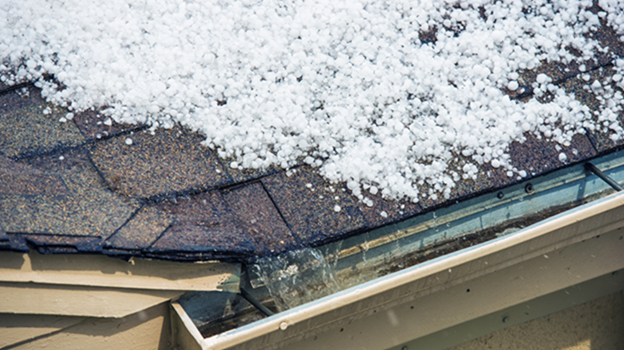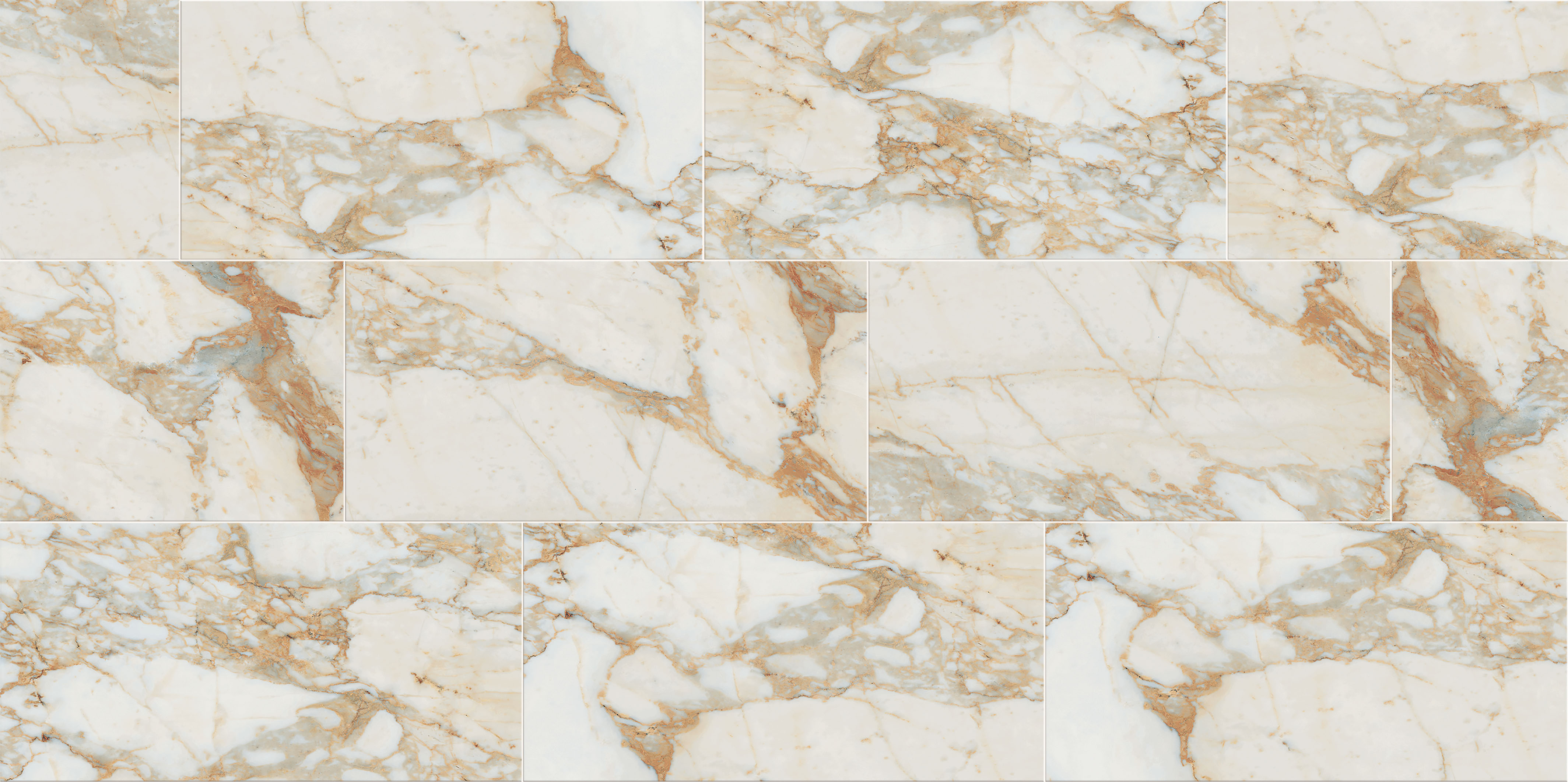
Fascia doesn’t get much attention—until winter weather exposes every weak spot along the roof edge. In Central Indiana, late-fall leaf drop blends into wet snow, temperatures ping-pong above and below freezing, and gusty systems sweep across open lots and cul-de-sacs. That mix creates specific stresses that warp trim, loosen gutters, and invite rot you won’t notice until paint bubbles or fasteners pull. Here are eight seasonal risks to watch, plus practical ways to harden the eave line before damage spreads.
1) Freeze-thaw expansion at the gutter line
Meltwater from daytime sun can pool in shallow gutter bellies or at slightly clogged outlets. Overnight, it freezes and expands, pressing against the back of the trough and the fascia face. Repeated cycles open hairline gaps in paint and caulk, letting more moisture in the next day. Preventive moves: check gutter slope (1/16–1/8 inch per 10 feet), clear outlets, and verify the drip edge throws water into—not behind—the gutter.
2) Ice dams driving water under the roof edge
Poor attic insulation and ventilation allow heat to melt the snowpack from below. The runoff refreezes at the cold eave and forms a ridge, pushing water backward beneath shingles and onto the sub-fascia and soffit. Over weeks, this wetting cycle darkens wood and softens coatings. Air-seal ceiling penetrations, balance soffit-to-ridge ventilation, and consider ice-and-water membrane at eaves to block this pathway.
3) Wind uplift and “oil-can” flex
Strong west or northwest winds common to Central Indiana can catch the bottom lip of the gutter or any loose aluminum cladding on the fascia. Repeated flexing (“oil-canning”) fatigues fasteners and opens seams where wind-driven rain can enter. Use rigid hidden hangers with stainless or coated screws into solid backing, tighten bracket spacing near corners, and replace wavy wraps with thicker stock installed with small expansion gaps.
4) Wind-driven rain at roof-to-wall intersections
Where a lower roof ties into a sidewall, rain can bypass the gutter if kick-out flashing is missing or undersized. In storms, water streams behind siding, saturating the rafter tails and fascia ends. The tell is peeling paint at outside corners. A simple metal kick-out that guides flow into the trough stops this form of hidden wetting and protects the fascia return.
5) Icicle loading and impact
Those postcard icicles form when overflow drips at the eave. Their weight tugs on gutter spikes; when they fall, they can bend the trough and shock the fascia board. Add micro-mesh guards to cut overflow, upgrade to screw-in hangers, and inspect after thaws for loosened sections—tightening early prevents elongated holes that no longer hold fasteners snug.
6) Saturated leaf mats and slush bridges
Late-season leaves and needles land on cold metal, forming soggy mats that bridge over outlets. Snow packs on top, then freezes into a solid lens. This “ice shelf” forces meltwater over the back edge of the trough, bathing the fascia behind it. Guards help, but they must shed debris; after windy storms, brush the top surface so it doesn’t become a dam.
7) Paint failure from micro-leaks
Tiny leaks at gutter end caps, seams, or bracket penetrations drip down the fascia face, even when the system looks fine from the yard. Winter’s low sun and frequent wetting keep wood damp for hours, accelerating paint failure and fungal staining. Reseal end caps with butyl or high-grade hybrid sealant, spot-prime raw wood, and maintain a continuous caulk joint where fascia meets soffit and frieze boards.
8) Fastener corrosion and pull-out
De-icing salts tracked by wind, plus constant wet/dry cycles, corrode uncoated nails and cheap screws. As shanks rust, holding power drops; gutters sag, telegraphing weight into the fascia skin instead of the framing. Replace spikes with structural screws rated for exterior use, ensure fasteners hit solid sub-fascia, and add extra outlets to reduce standing water that accelerates corrosion.
Localized prevention checklist (Central Indiana)
- Verify attic air sealing and insulation before first measurable snow to reduce ice-dam risk.
- Balance soffit intake with ridge exhaust; keep baffles clear of insulation.
- Confirm drip-edge overlap and kick-out flashing at roof-to-wall transitions.
- Rehang gutters with appropriate slope; upsize outlets to 3×4 in valley zones.
- Install micro-mesh guards that handle needles and seed pods; brush tops after wind events.
- Reseal miters and end caps with butyl; touch up coatings before hard freeze.
- Inspect and replace rusting spikes with coated structural screws into solid backing.
- After any ice event, walk the perimeter: look for sagging sections, peeling paint at corners, and damp soffit vents.
Winter doesn’t create fascia problems— it reveals the weak links in drainage, ventilation, and fastening. Address the sources (overflow, wind-driven rain, freeze-thaw stress) and the roof edge will stay straighter, drier, and paint-tight through March. If you’re already seeing peeling paint, wavy gutter runs, or soft wood at the ends, schedule fascia board repair alongside gutter tuning and ventilation fixes. A few targeted upgrades now can save the sub-fascia, keep your gutters anchored when spring storms roll in, and preserve curb appeal long after the frost lifts.







